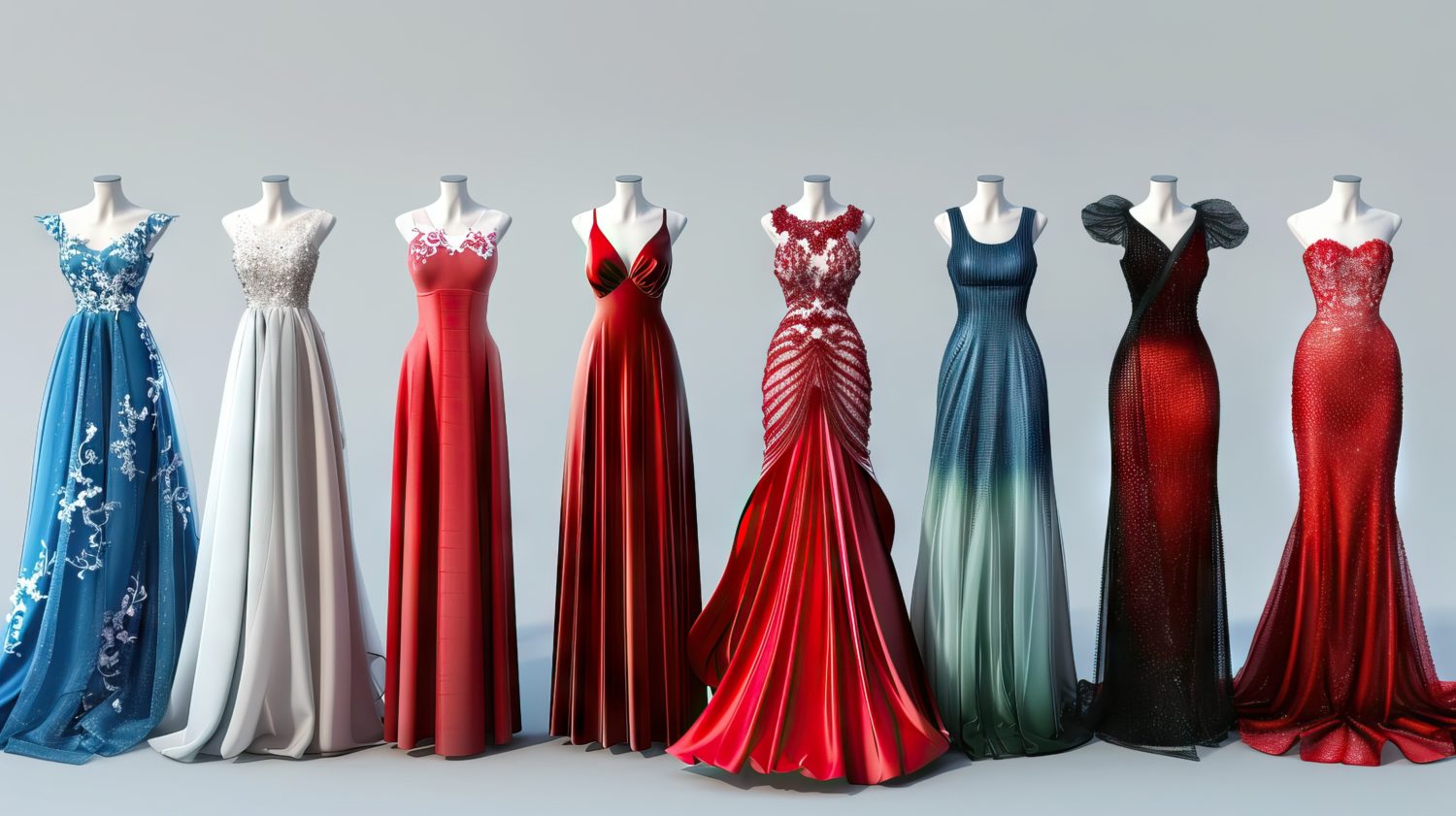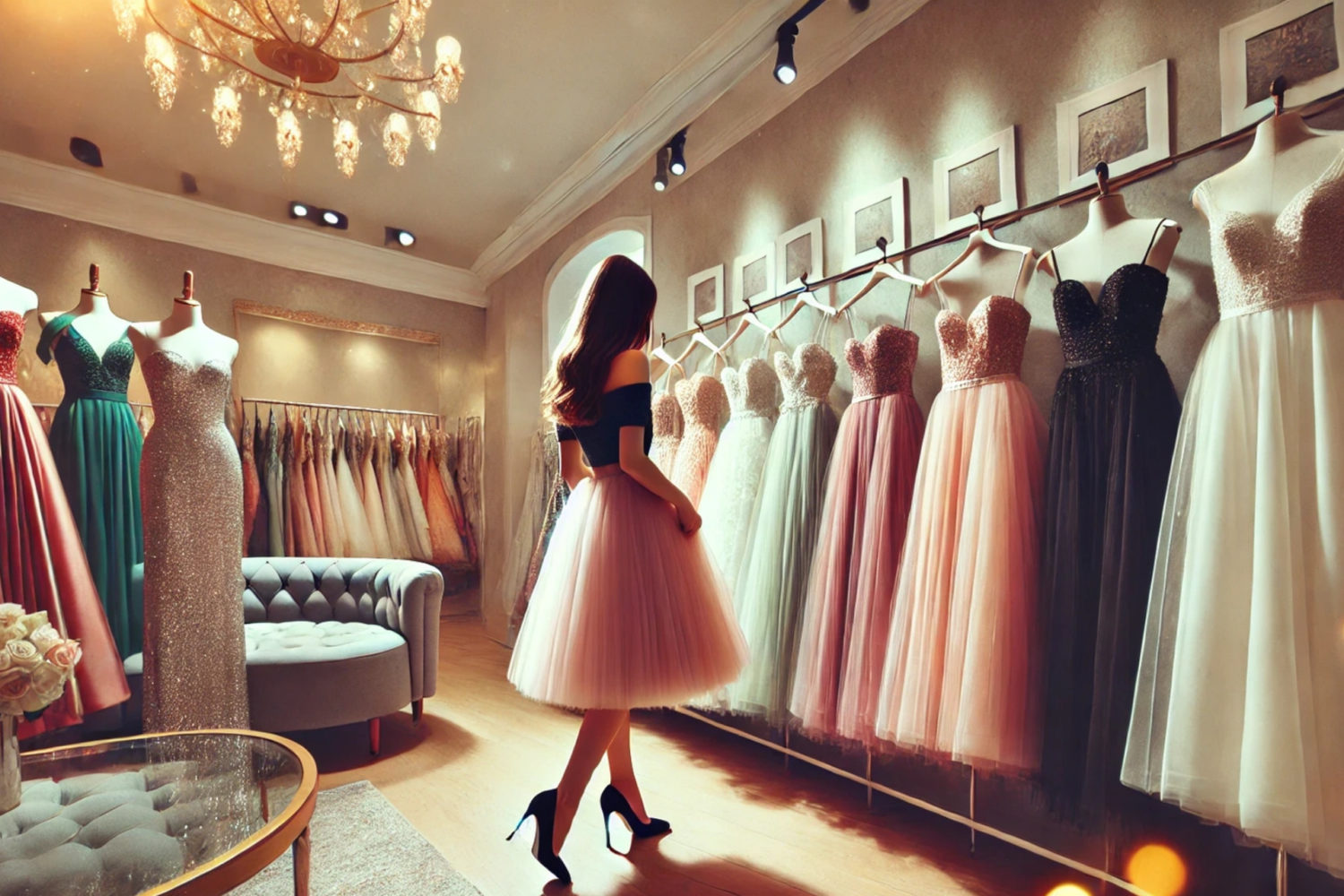
Finding the perfect prom dress is a big decision. With so many styles, designers, and shops available, the process can feel overwhelming. But understanding when to start, what to expect, and how to prepare can turn this task into an enjoyable experience.
From selecting the ideal timeline to deciding where to shop, this guide will provide you with the details you need to feel ready. Below, you’ll find everything to make prom dress shopping easier and more enjoyable.
1. The Right Time to Begin: Setting the Timeline
One of the most common questions is when to start shopping for a prom dress. To allow for a comfortable selection, aim to begin your search 4-6 months before prom. This gives you plenty of time to explore options, try on different styles, and make any necessary adjustments or alterations.
The Early Bird: Benefits of Starting Early
Starting early means more time to browse a wide selection. You’ll get first access to new arrivals and more choices across different price points. Early shopping also gives you flexibility with alterations, which is essential if you want a unique dress for your prom dance. You’ll avoid last-minute stress and have more time to consider how the dress complements shoes, accessories, and hair.
Ideal Months for Prom Shopping
December to January is ideal for starting your search, especially if your prom falls between April and June. By January, most stores have received spring collections, bringing the latest trends and colors. February is also a popular month for restocks. If you find a dress early in the year, you can secure it without worrying about stock running low later on.
2. Exploring Styles and Trends: Finding Your Look
Prom styles can vary widely, with options ranging from classic elegance to trendy and bold. Knowing your options helps you make a choice that reflects your personality and sense of style.
Classic vs. Trendy: Choosing Your Aesthetic
Classic styles often feature timeless silhouettes like A-line or mermaid cuts, while trendy designs might include two-piece dresses, bold prints, or asymmetrical cuts. Decide which aesthetic resonates with you. Are you looking for a timeless look or something more daring and unique?
Dress Lengths: Short, Midi, and Full-Length
Prom dresses come in different lengths, each suited for different preferences. Full-length dresses are the traditional choice, while midi and short dresses are popular among those who want a modern twist. Think about which length will make you feel confident and comfortable on the dance floor.
Popular Colors and Fabrics
Pastel tones, jewel colors, and metallics are commonly chosen colors for prom. Fabrics also influence the dress’s look and feel; satin offers a sleek finish, tulle adds volume, while chiffon provides lightness and movement. Trying on different colors and fabrics can help you find the combination that best flatters your skin tone and makes you feel amazing.
3. Setting a Budget: Managing Expectations
Prom dresses can range from under $100 to over $1,000, depending on the designer, style, and quality. Setting a budget early will make the selection process smoother and help you avoid falling in love with a dress beyond your price range.
Breaking Down the Costs
Budgeting isn’t just about the dress. You’ll also want to consider accessories, shoes, makeup, and potential alteration fees. Some stores offer package deals for accessories, while others may have promotions. It’s wise to check and see if these might help you stay within your planned budget.
Affordable Options and Deals
If you’re on a strict budget, consider outlet stores, online sales, or second-hand options. Many boutiques offer discounted prices on older collections, and websites often have flash sales or discounts for first-time buyers. Be cautious with online shopping, as sizes and quality can vary widely.
4. Where to Shop: Choosing Your Stores
Shopping for a prom dress can be done at various locations, each offering unique benefits and drawbacks. Choosing the right store depends on your budget, style preferences, and whether you prefer trying dresses in person or online.
Boutique Shops and Department Stores
Boutique shops often have personalized service and a curated selection, while department stores tend to carry a wide range of designers and styles. Boutiques may offer a more intimate experience with staff who can provide style advice, while department stores usually have a broad selection with competitive pricing.
Online Shopping: Tips and Cautions
Online shopping offers convenience and access to a huge variety, but it comes with challenges. To ensure a good fit, take precise measurements before ordering and read reviews for sizing accuracy. Choose retailers with a clear return policy in case the dress doesn’t meet your expectations.

5. The Fitting Process: Ensuring the Right Fit
Trying on a dress doesn’t guarantee it will be a perfect fit. Alterations are common, so factor this into your timeline and budget. Here’s what to expect when fitting your dress.
Common Alterations and Adjustments
Alterations may include hemming, adjusting the waist or bust, or adding support. Depending on the dress’s material and design, some alterations can be complex, so choose a reputable seamstress with experience in formalwear.
Multiple Fittings and Final Adjustments
Expect to schedule at least two fittings. The first fitting typically involves the main adjustments, and a follow-up fitting ensures everything fits correctly. Book your fittings early to avoid last-minute changes, as alteration schedules can fill up quickly during prom season.
6. Accessories and Final Touches: Completing Your Look
Accessories bring out the best in your dress. Once you’ve chosen your dress, you can think about complementary shoes, jewelry, and other accents.
Jewelry and Shoes
Choose jewelry that enhances, rather than competes with, your dress. If your dress has intricate beading or a high neckline, go with simpler jewelry. Your shoes should be comfortable for dancing, especially if you’re considering heels.
Hair and Makeup Considerations
Hair and makeup play a huge role in completing your look. Once you’ve chosen your dress, look for hairstyles that match its neckline and overall aesthetic. For example, an off-shoulder dress might work well with a half-up hairstyle, while a strapless dress can be complemented by loose curls or an updo.
7. The Big Day: Dress Care and Final Prep
The day of prom can be hectic, so preparing your dress and making sure everything is ready in advance will help you avoid stress.
Dress Storage and Transportation
If your dress is prone to wrinkles, hang it in a garment bag the night before and use a clothes steamer if needed. For long dresses, consider storing them in a hanging bag so that they stay neat and wrinkle-free until you’re ready to wear them.
Final Checks Before Heading Out
Do a last-minute check for any loose threads or missing beads, and make sure your accessories are packed and ready. Give yourself plenty of time for hair and makeup so that you don’t feel rushed.
Enjoying the Moment: Making Prom Night Memorable
Once you’ve found your dress and prepared your look, it’s time to enjoy prom. Trust that your planning and effort have paid off, and focus on making memories. This is your night to shine in a dress that makes you feel confident and comfortable. Prom is more than an outfit—it’s a chance to celebrate friendships and create lasting memories. Relax, dance, and enjoy this special occasion.







